Home>Articles>Here’s How Much It Costs To Install Hardwood Floors
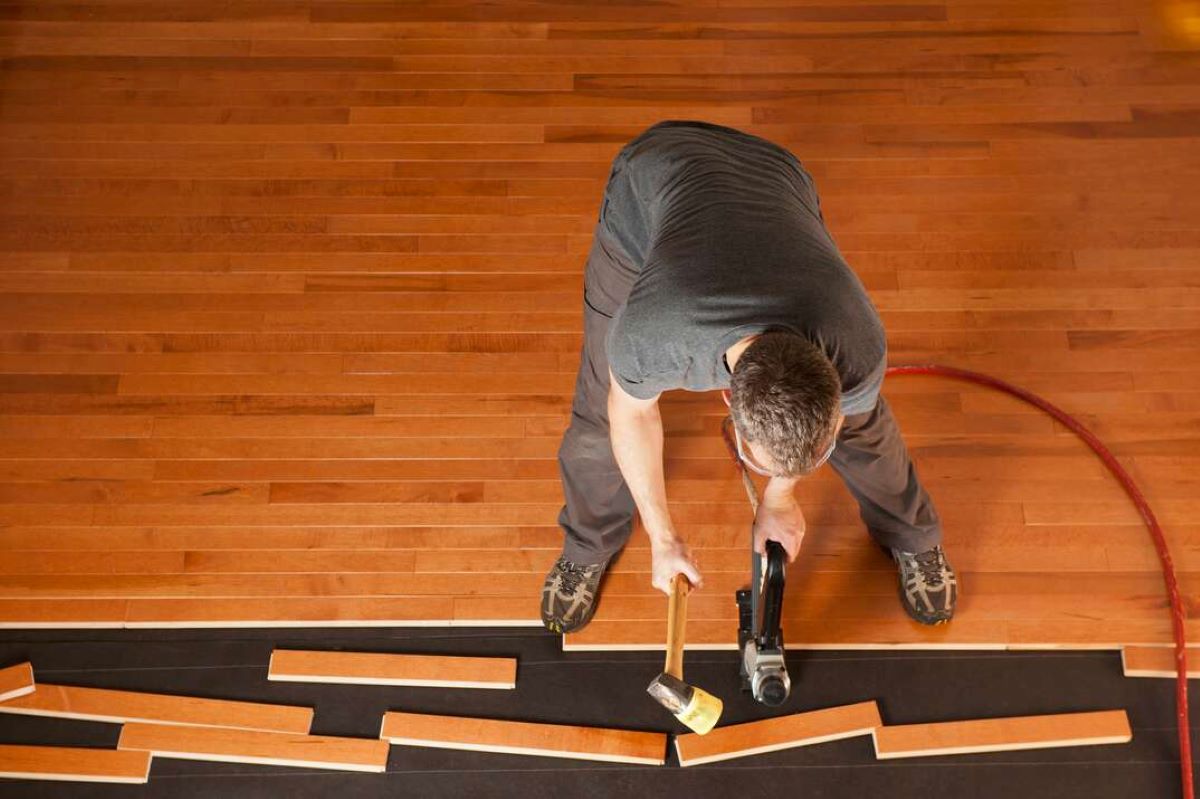

Articles
Here’s How Much It Costs To Install Hardwood Floors
Modified: January 6, 2024
Discover the average cost to install hardwood floors and get expert tips on choosing the perfect flooring option in our informative articles.
(Many of the links in this article redirect to a specific reviewed product. Your purchase of these products through affiliate links helps to generate commission for Storables.com, at no extra cost. Learn more)
Introduction
Installing hardwood floors is a popular choice for homeowners looking to add beauty and value to their homes. Hardwood flooring provides an elegant and timeless look that can enhance the overall aesthetic of any space. However, before diving into a hardwood floor installation project, it is important to understand the costs involved.
In this article, we will explore the various factors that can affect the installation costs of hardwood floors. From the type of hardwood flooring chosen to the labor and material expenses, we will provide a comprehensive overview to help you make an informed decision.
Whether you are considering a DIY installation or hiring professionals, understanding the costs associated with hardwood floor installation will enable you to plan your budget accordingly and avoid any unexpected surprises along the way.
Let’s delve into the factors that can influence the cost of installing hardwood floors.
Key Takeaways:
- Understanding the factors influencing hardwood floor installation costs, from subfloor condition to geographical location, enables accurate budgeting and informed decision-making for homeowners.
- Choosing the right hardwood flooring type, considering subfloor preparation, and weighing DIY versus professional installation are crucial steps in achieving a successful and satisfying hardwood floor installation.
Factors Affecting Installation Costs
Several factors come into play when determining the cost of installing hardwood floors. Understanding these factors can help you estimate the overall expense more accurately. Here are the key factors that can affect installation costs:
- Type of Hardwood Flooring: The type of hardwood flooring you choose will have a significant impact on the installation cost. Engineered wood flooring, for example, tends to be more affordable and easier to install compared to solid hardwood flooring.
- Room Size and Layout: The size and layout of the room will affect the labor required for installation. Larger rooms may require more time and effort, which can result in higher installation costs.
- Subfloor Condition: The condition of the subfloor plays a crucial role in the installation process. If the subfloor needs repair or preparation, it can add to the overall cost. Additionally, different types of subfloor materials may require specific installation techniques, which can also impact the cost.
- Installation Method: There are different installation methods for hardwood floors, such as nail-down, glue-down, or floating. Each method has its own requirements and costs associated with them. Nail-down installations are generally more time-consuming and labor-intensive, while glue-down or floating installations may require additional materials.
- Demolition and Removal: If you have existing flooring that needs to be removed before installing hardwood floors, it will add to the overall cost. The cost of removing old flooring materials and disposing of them properly should also be factored in.
- Additional Features: Any additional features or customization, such as intricate patterns, borders, or transitions, can increase the installation costs. These features often require skilled labor and extra materials.
- Geographical Location: The cost of labor and materials can vary depending on your geographical location. Larger metropolitan areas tend to have higher labor costs, while rural areas may have lower costs.
It’s important to keep these factors in mind when estimating the overall cost of installing hardwood floors. By considering these variables, you can better prepare yourself financially and choose the most suitable flooring option for your budget and preferences.
Types of Hardwood Flooring
When it comes to hardwood flooring, there are various options available, each with its own characteristics, benefits, and price range. Understanding the different types of hardwood flooring can help you make an informed decision based on your budget and desired aesthetic. Here are some common types of hardwood flooring:
- Solid Hardwood: Solid hardwood flooring is made from a single piece of wood and is known for its durability and timeless beauty. It is available in various species, including oak, maple, cherry, and walnut. Solid hardwood can be sanded and refinished multiple times, making it a long-lasting choice for homeowners. However, it is generally more expensive than other options and can be susceptible to moisture damage.
- Engineered Hardwood: Engineered hardwood flooring is made up of multiple layers, with a top layer of real wood and a core of plywood or high-density fiberboard (HDF). This type of flooring is more resistant to moisture and can be used in areas with fluctuating humidity levels, such as basements. Engineered hardwood is available in a wide range of wood species and finishes, offering versatility and a more affordable price point compared to solid hardwood.
- Bamboo: Bamboo is a popular eco-friendly flooring option that offers a unique look and excellent durability. It is not technically a hardwood but is classified as such due to its hardness and similar installation methods. Bamboo flooring is available in different colors and styles and is easy to maintain.
- Cork: Cork flooring is made from the bark of the cork oak tree and is known for its natural insulating properties and comfort underfoot. It is an eco-friendly option that is resistant to moisture and provides sound absorption. Cork flooring is available in various colors and patterns, making it a versatile choice for different interior styles.
- Exotic Hardwoods: Exotic hardwoods, such as Brazilian cherry, Santos mahogany, and tigerwood, offer unique and stunning visuals. These hardwood species are known for their distinctive grain patterns and rich color variations. Exotic hardwoods tend to be more expensive but can add a touch of luxury to any space.
Each type of hardwood flooring has its own advantages and considerations. It is important to consider factors such as durability, moisture resistance, maintenance requirements, and budget when selecting the right type of hardwood flooring for your home.
Next, we will discuss the importance of subfloor preparation when it comes to hardwood floor installation.
Subfloor Preparation
Before installing hardwood floors, proper subfloor preparation is essential to ensure a stable and level surface for the flooring material. The condition of the subfloor can significantly impact the quality and longevity of the hardwood floor installation. Here are some key aspects of subfloor preparation:
- Clean and Clear: The subfloor should be thoroughly cleaned to remove any dirt, debris, or old flooring materials. It should also be free from any moisture or mold issues. Cleaning the subfloor ensures a clean and suitable surface for the hardwood flooring installation.
- Level and Flat: It is crucial to ensure that the subfloor is level and flat. Any unevenness or dips in the subfloor can cause issues with the installation and may lead to visible gaps or instability in the finished hardwood floor. If necessary, the subfloor may need to be leveled or smoothed out using leveling compounds or plywood underlayment.
- Moisture Testing: Checking the moisture levels of the subfloor is essential to prevent moisture-related problems, such as warping or buckling of the hardwood planks. Moisture testing can help identify any excessive moisture in the subfloor, and appropriate measures can be taken to mitigate the issue before installation.
- Subfloor Materials: Different types of subfloor materials, such as plywood, concrete, or existing hardwood, require specific preparation techniques. For example, plywood subfloors may need to be secured with screws and checked for any loose or squeaky areas. Concrete subfloors may require moisture barriers or sealers to prevent moisture infiltration.
It is crucial to consult with a professional or follow manufacturer guidelines when it comes to subfloor preparation. A qualified installer will have the expertise to assess the subfloor condition, determine the necessary steps for preparation, and ensure proper installation techniques for the specific type of hardwood flooring chosen.
Next, we will explore the various installation methods for hardwood floors.
Installation Methods
When it comes to installing hardwood floors, there are several methods that can be used, depending on the type of flooring and subfloor. Each installation method has its own advantages, considerations, and associated costs. Here are the three main installation methods for hardwood floors:
- Nail-Down Installation: Nail-down installation involves securing the hardwood planks to the subfloor using nails or staples. This method is commonly used for solid hardwood flooring and requires a plywood or OSB (oriented strand board) subfloor. It offers excellent stability and durability, and the use of nails provides a secure and long-lasting installation. However, nail-down installation can be more time-consuming and may require professional skills and specialized tools.
- Glue-Down Installation: Glue-down installation involves using adhesive to bond the hardwood planks directly to the subfloor. This method is commonly used for engineered hardwood flooring and concrete subfloors. Glue-down installation provides a stable and durable result, and it can help reduce the occurrence of squeaky floors. However, it requires careful adhesive application and proper subfloor preparation to ensure a successful installation.
- Floating Installation: Floating installation is a popular method for engineered hardwood flooring. The hardwood planks are not directly attached to the subfloor but are instead joined together using a tongue-and-groove system. The planks are then laid over an underlayment, which provides cushioning and helps with moisture protection. Floating installation is generally quicker and easier compared to nail-down or glue-down methods. It allows for some flexibility and can be installed over various types of subfloors. However, floating floors may have a slightly different feel underfoot compared to nailed or glued installations.
It is important to consider the type of hardwood flooring, the condition of the subfloor, and your specific requirements when choosing the installation method. Consulting with a flooring professional can help you determine the most suitable method for your project.
As you plan for your hardwood floor installation, it is crucial to consider the labor costs involved. We will discuss labor costs in the following section.
When installing hardwood floors, consider the cost of materials, labor, and any additional expenses such as removal of old flooring or subfloor repairs. Get multiple quotes from reputable contractors to ensure you’re getting a fair price.
Read more: How To Install Hardwood Floors
Labor Costs
Labor costs are a significant component of the overall expense when it comes to installing hardwood floors. Hiring professional installers can ensure a high-quality and efficient installation, but it is important to understand the factors that can affect labor costs. Here are the key considerations when it comes to labor costs for hardwood floor installation:
- Experience and Expertise: The level of experience and expertise of the installers can impact the labor costs. Highly skilled professionals may charge higher rates for their services, but their expertise can result in a smoother and more precise installation.
- Complexity of the Project: The complexity of the installation project can influence the labor costs. Factors such as room size, layout, and any additional features or customization can increase the time and effort required for the installation, leading to higher labor costs.
- Subfloor Preparation: If extensive subfloor preparation is necessary, such as leveling or repairs, it may add to the labor costs. Proper subfloor preparation is crucial for a successful hardwood floor installation, and the labor involved can vary depending on the condition of the subfloor.
- Removal of Existing Flooring: If there is existing flooring that needs to be removed before the installation, it will require additional labor and can impact the overall cost. The removal and disposal of old flooring materials should be factored into the labor costs.
- Geographical Location: Labor costs can vary depending on your geographical location. Higher labor rates are often associated with metropolitan areas, while rural areas may have lower labor costs.
It is recommended to obtain multiple quotes from different installers to compare labor costs and ensure you are getting a fair and competitive price. Keep in mind that while it may be tempting to choose the lowest labor cost option, it is important to consider the installer’s reputation and qualifications as well.
In addition to labor costs, it is essential to factor in the material costs for hardwood floor installation. We will discuss material costs in the next section.
Material Costs
When estimating the cost of installing hardwood floors, it is crucial to factor in the material costs. The type and quality of hardwood flooring, as well as any additional materials required for installation, can affect the overall expense. Here are the key components to consider when it comes to material costs:
- Hardwood Flooring: The cost of the actual hardwood flooring material will vary depending on the type of wood, grade, and finish. Solid hardwood flooring generally tends to be more expensive than engineered hardwood. Exotic wood species may also come at a higher price point compared to more common options.
- Underlayment: Underlayment is a layer placed between the subfloor and the hardwood flooring. It provides additional cushioning, noise reduction, and moisture protection. The cost of underlayment materials will depend on the type and thickness chosen.
- Adhesive and Fasteners: If you are opting for a glue-down or nail-down installation, you will need to purchase adhesive and fasteners. The cost of these materials will depend on the specific products chosen and the quantity required for the project.
- Finishing Products: Finishing products, such as stain, sealer, and topcoat, may be necessary to protect and enhance the appearance of the hardwood flooring. The cost of finishing products will depend on the brand, type, and coverage area.
- Transition Pieces and Moldings: Transition pieces and moldings are used to create a smooth transition between different flooring areas or to cover the edges of the hardwood floor. These accessories may add to the material costs depending on the type and quantity needed.
It is important to have a clear understanding of the material costs associated with your chosen hardwood flooring and the additional materials required for installation. Research prices from different suppliers and consider the quality and durability of the materials to ensure you make the best decision for your budget and project goals.
Aside from labor and material costs, there may be additional expenses to consider. We will explore these costs in the next section.
Additional Costs to Consider
When planning for hardwood floor installation, it is important to consider the additional costs that may arise throughout the process. These costs can vary depending on the specific circumstances and requirements of your project. Here are some common additional costs to consider:
- Delivery Fees: If you are purchasing hardwood flooring or other materials from a supplier, there may be delivery fees involved. The distance to your location and the size of the order can impact the delivery costs.
- Furniture Removal and Storage: If you have furniture in the area where the hardwood floor installation will take place, it may need to be temporarily removed and stored elsewhere. This can incur additional costs for professional movers or storage facilities.
- Disposal of Waste: If there is existing flooring that needs to be removed or any waste generated during the installation process, there may be disposal fees involved. It is important to properly dispose of any waste materials according to local regulations.
- Finishing and Touch-Ups: Depending on the condition of the existing hardwood floor or newly installed one, you may need to consider additional costs for finishing or touch-ups. This can include sanding, staining, or repairing any imperfections to achieve the desired final look.
- Post-Installation Maintenance: After the hardwood floor installation is complete, there may be ongoing maintenance costs to consider. This can include regular cleaning, refinishing, or repairs as needed to keep the hardwood floor in optimal condition.
- Insurance and Warranties: It may be beneficial to consider additional insurance coverage or warranties to protect your investment in the hardwood floor. This can provide peace of mind in case of unexpected damages or issues in the future.
Each project is unique, so it is important to evaluate your specific requirements and circumstances to determine any additional costs that may arise during the hardwood floor installation process.
Next, we will discuss the decision between DIY installation and hiring professionals.
DIY vs. Professional Installation
When it comes to installing hardwood floors, one decision to consider is whether to tackle the project as a do-it-yourself (DIY) endeavor or hire professionals for the installation. There are pros and cons to both options, and it’s important to weigh them against your skills, budget, and time availability. Here are some factors to consider when deciding between DIY and professional installation:
1. Skill and Experience: Installing hardwood floors requires a certain level of skill and experience. If you have experience with similar DIY projects and feel confident in your abilities, you may consider doing it yourself. However, if you lack experience or knowledge, professional installation can ensure a high-quality and properly executed job.
2. Time and Effort: Installing hardwood floors can be time-consuming, especially if you’re doing it for the first time. Consider how much time and effort you’re willing to invest in the project. DIY installation may require research, preparation, and a significant time commitment. On the other hand, hiring professionals can save you time and effort as they have the expertise and tools to complete the job efficiently.
3. Cost Considerations: While DIY installation can save you money on labor costs, it’s important to weigh the potential risks and expenses. If mistakes are made during installation, it may end up costing more in the long run to fix those errors. Additionally, professional installers often have access to discounted materials, which can help offset the cost difference.
4. Warranty and Guarantees: Professional installers typically offer warranties or guarantees on their workmanship. This provides reassurance that in case of any issues or defects, they will rectify the problem. DIY installation may lack such assurances, and any mistakes or problems will be your responsibility to resolve.
5. Project Complexity: Consider the complexity of your hardwood floor installation project. If it involves intricate patterns, staircases, or unique customization, professional installers with specialized skills and equipment may be the better choice to achieve the desired results.
6. Safety Considerations: It’s important to prioritize safety during the installation process. Professional installers are trained to follow safety measures and protocols, minimizing the risk of accidents or injuries. DIY installation requires careful attention to safety guidelines and the use of appropriate tools and equipment.
Ultimately, the decision between DIY and professional installation will depend on your level of expertise, time availability, budget, and the complexity of your project. It’s recommended to carefully evaluate your skills and circumstances to determine the best approach for your specific hardwood floor installation.
Finally, let’s conclude our article with a summary of the key points discussed.
Read more: How To Install Hardwood Floors
Conclusion
Installing hardwood floors can be a significant investment that adds beauty, value, and warmth to your home. As you plan for your hardwood floor installation, understanding the factors and costs involved is crucial in making informed decisions. Here’s a summary of the key points we discussed:
First, we explored the factors that can affect installation costs, including the type of hardwood flooring, room size and layout, subfloor condition, installation method, and geographical location. By considering these factors, you can estimate the overall cost more accurately.
Next, we discussed the different types of hardwood flooring available, such as solid hardwood, engineered hardwood, bamboo, cork, and exotic hardwoods. Each type has its own characteristics, benefits, and price range, allowing you to choose the best option for your preferences and budget.
Furthermore, we emphasized the importance of proper subfloor preparation to ensure a stable and level surface for the hardwood floor. Cleaning the subfloor, checking its levelness, and addressing any moisture issues are crucial steps in achieving a successful installation.
We also explored the various installation methods, including nail-down, glue-down, and floating installations. Understanding the advantages and considerations of each method will help you select the most suitable approach for your project.
When it comes to the costs, we discussed labor costs and how factors such as experience, complexity, and geographical location can influence the pricing. Additionally, we highlighted the material costs, including hardwood flooring, underlayment, adhesive, and finishing products.
It is essential to consider the additional costs that may arise, such as delivery fees, furniture removal and storage, waste disposal, and finishing or touch-up expenses. Accounting for these costs will help you budget accurately.
Lastly, we compared DIY installation to hiring professionals, considering factors such as skill and experience, time and effort, cost considerations, warranty and guarantees, project complexity, and safety. Making a decision based on these factors will ensure a successful and satisfying installation experience.
Remember, installing hardwood floors is a significant investment and decision for your home. By considering all the factors, costs, and available options, you can make an informed choice that aligns with your vision, budget, and preferences.
Good luck with your hardwood floor installation, and may your new floors bring lasting beauty and enjoyment to your home!
Frequently Asked Questions about Here's How Much It Costs To Install Hardwood Floors
Was this page helpful?
At Storables.com, we guarantee accurate and reliable information. Our content, validated by Expert Board Contributors, is crafted following stringent Editorial Policies. We're committed to providing you with well-researched, expert-backed insights for all your informational needs.
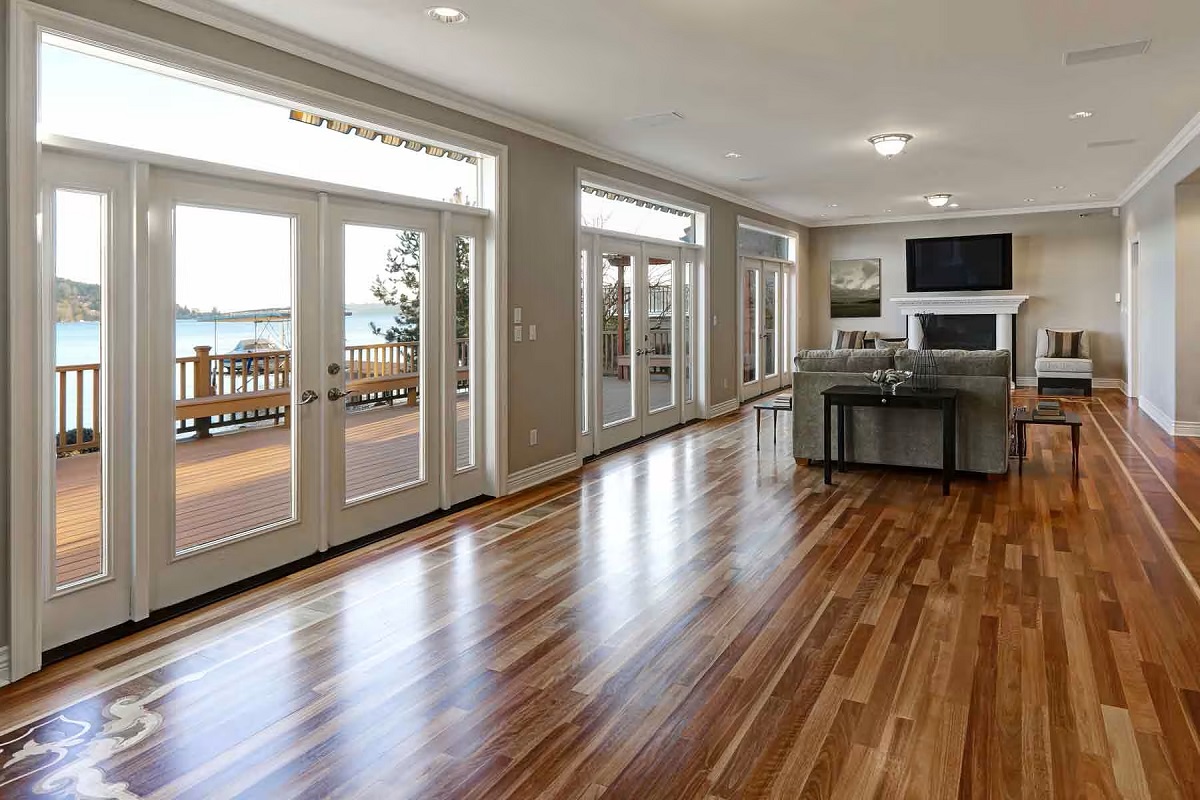
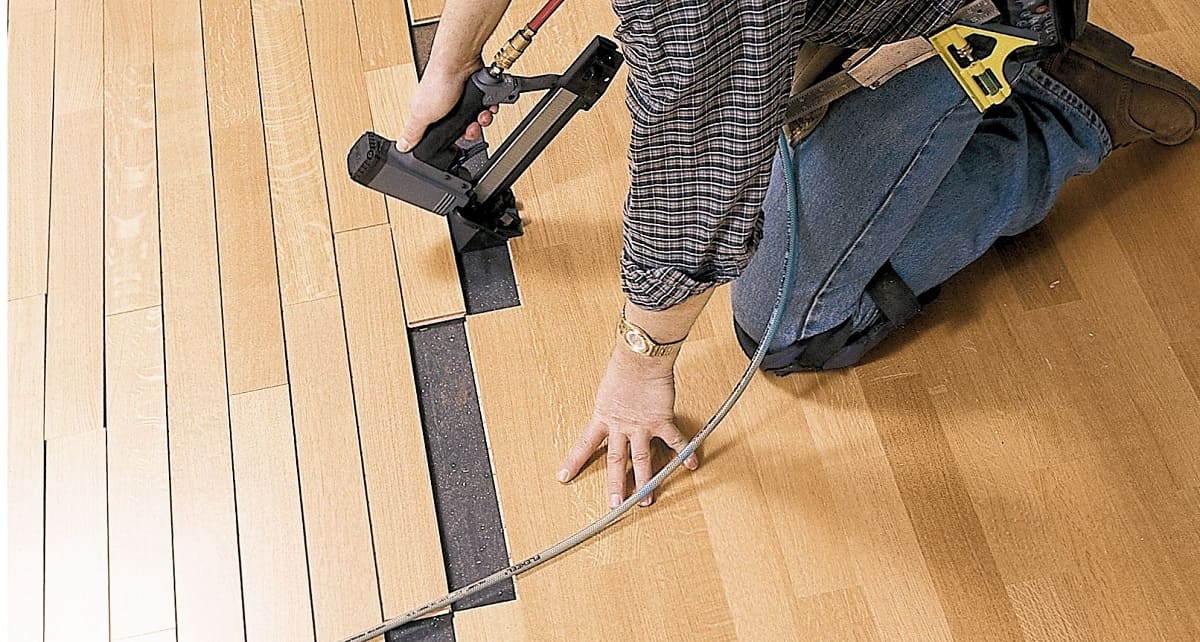
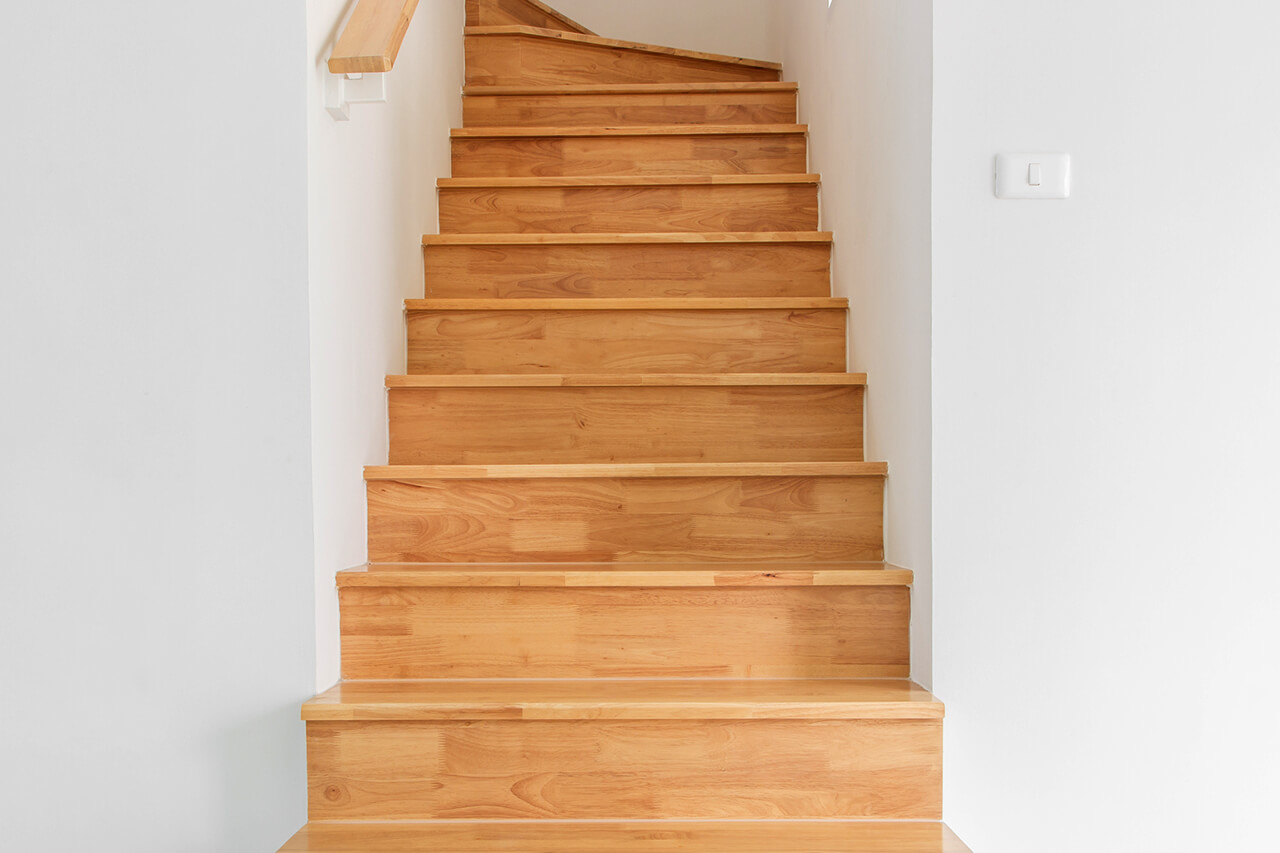
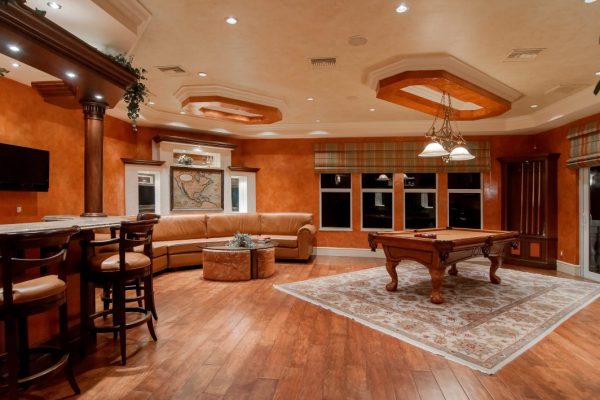
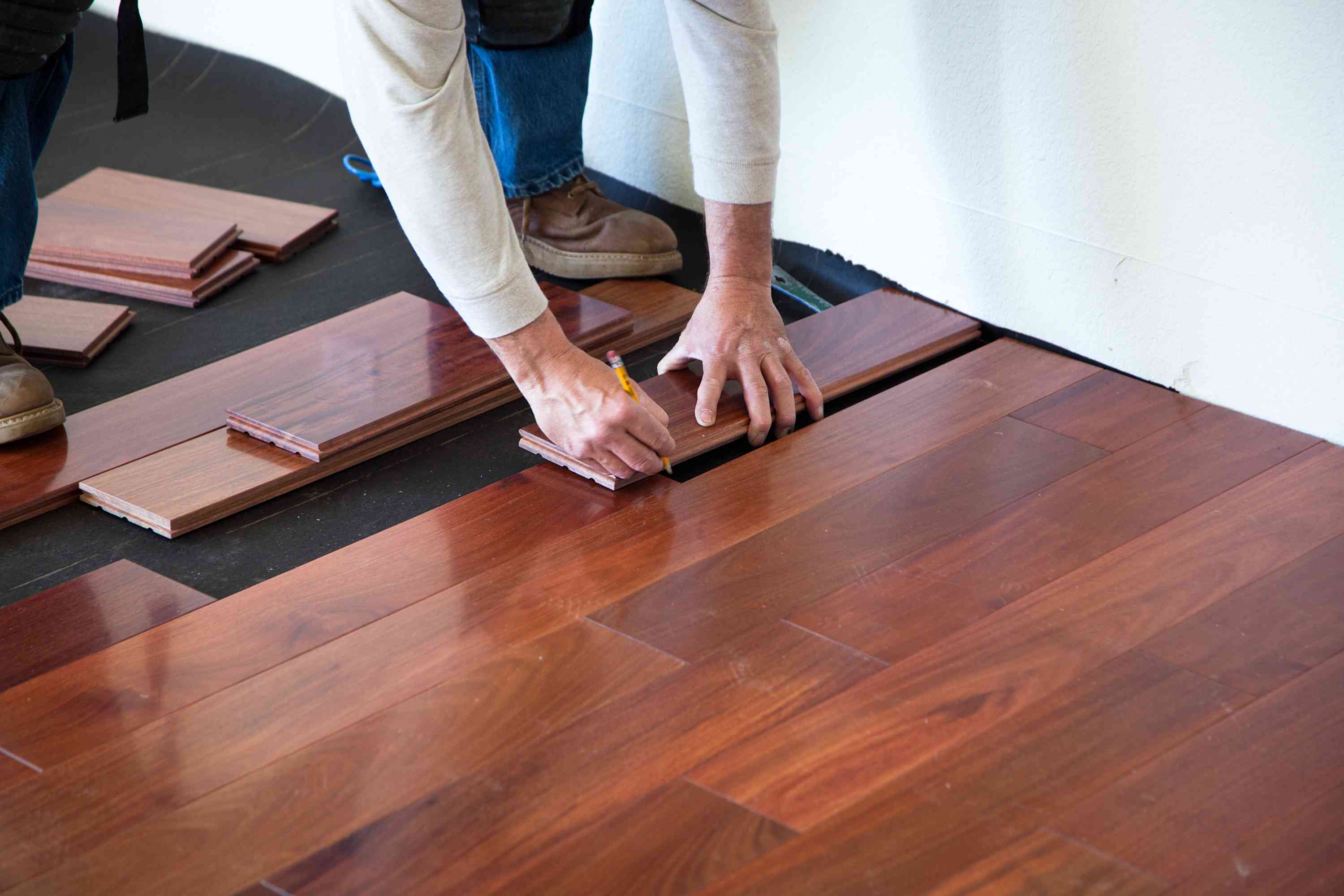
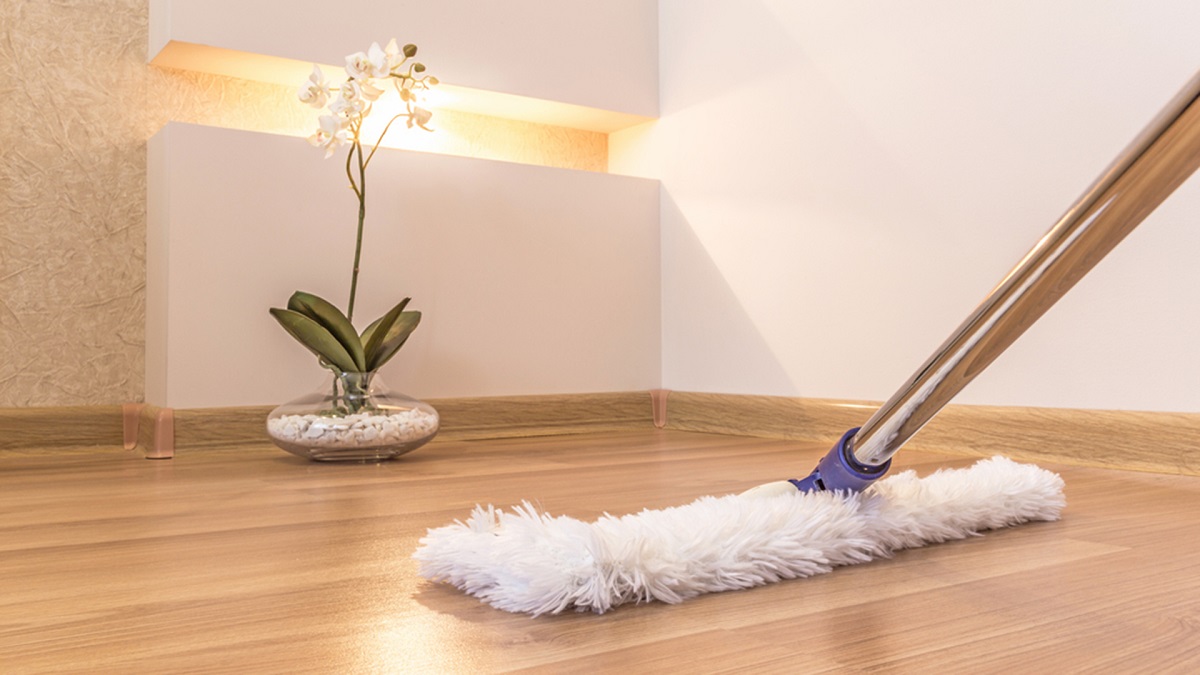
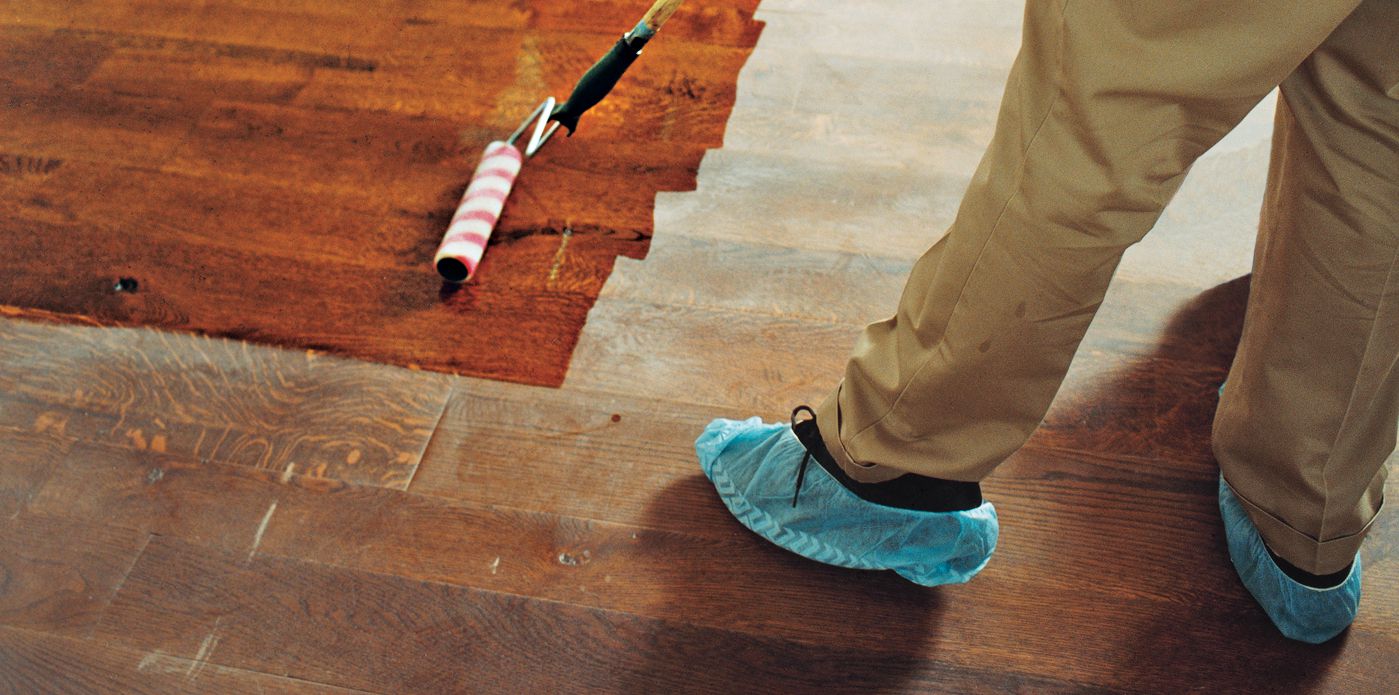
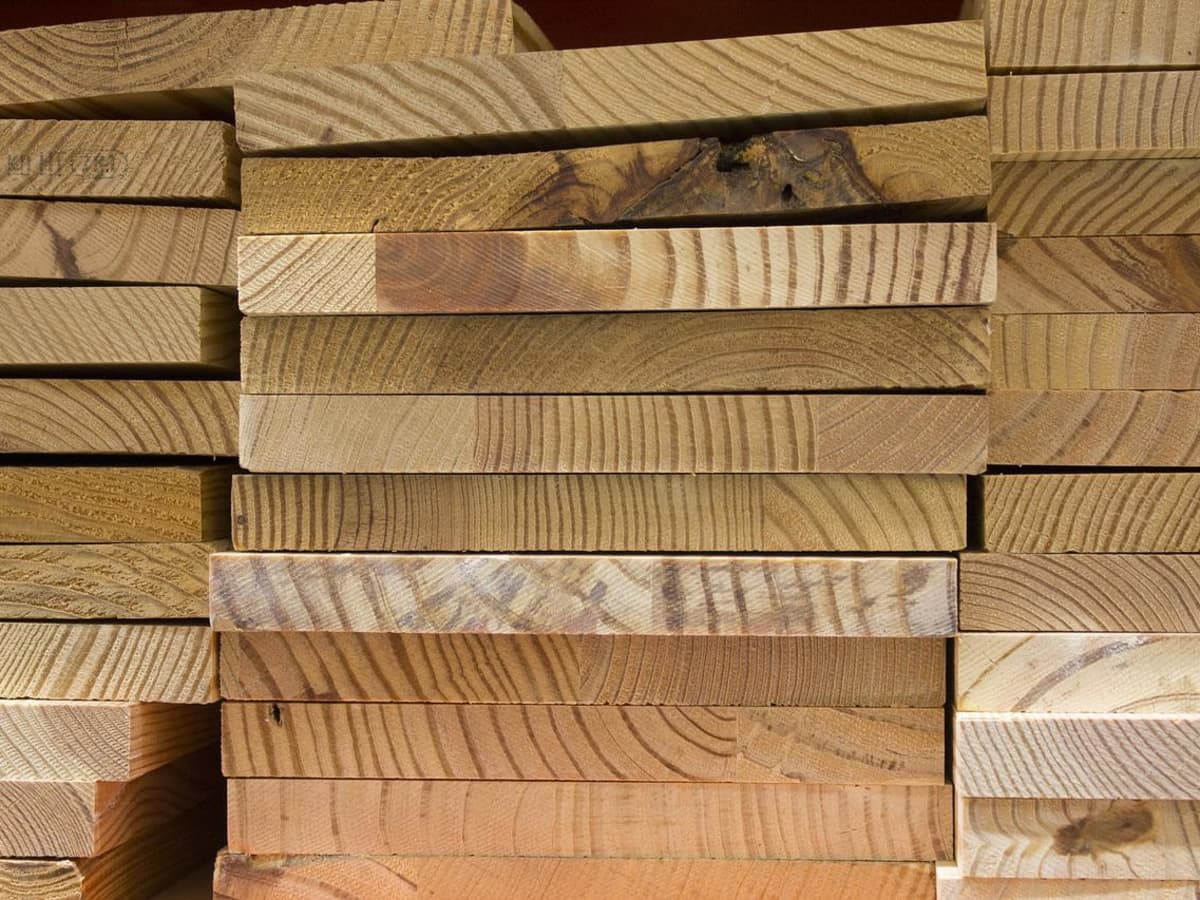
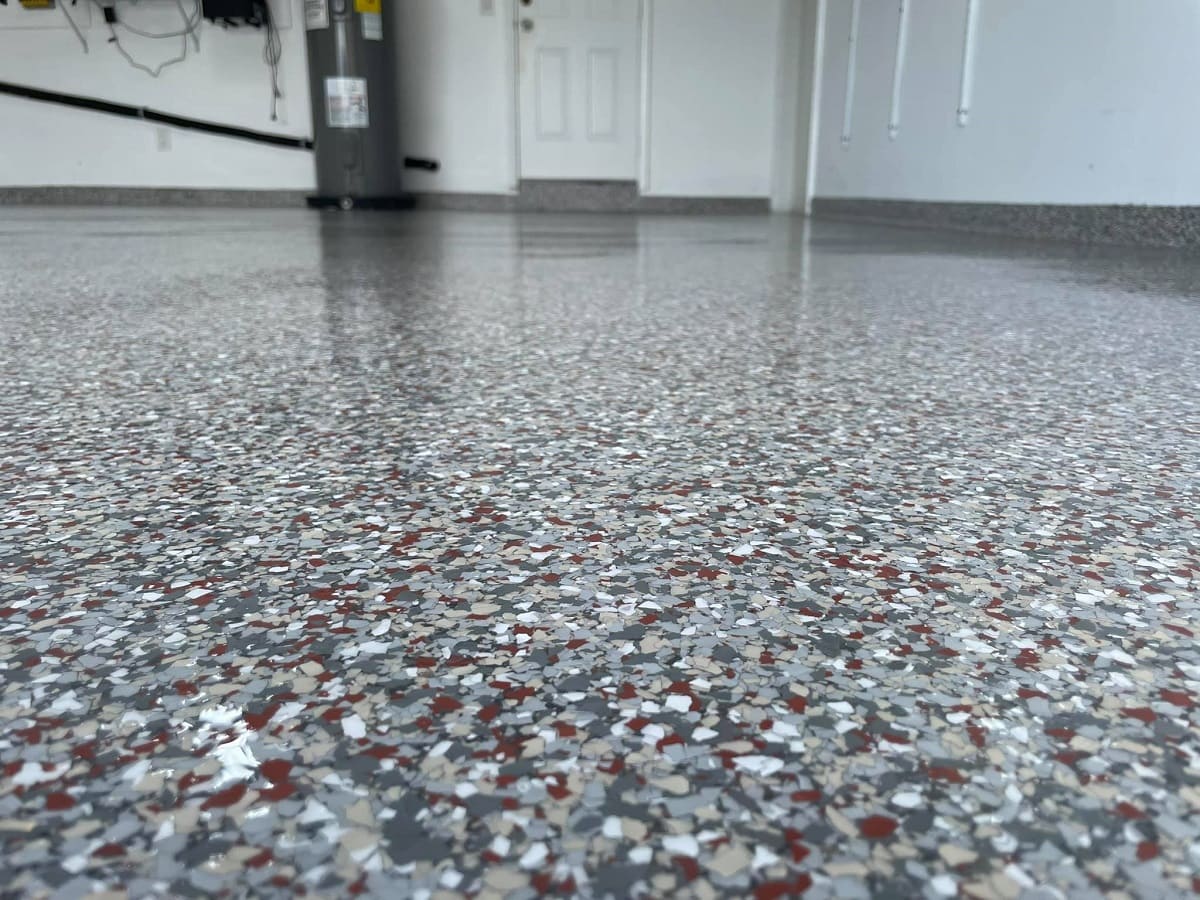

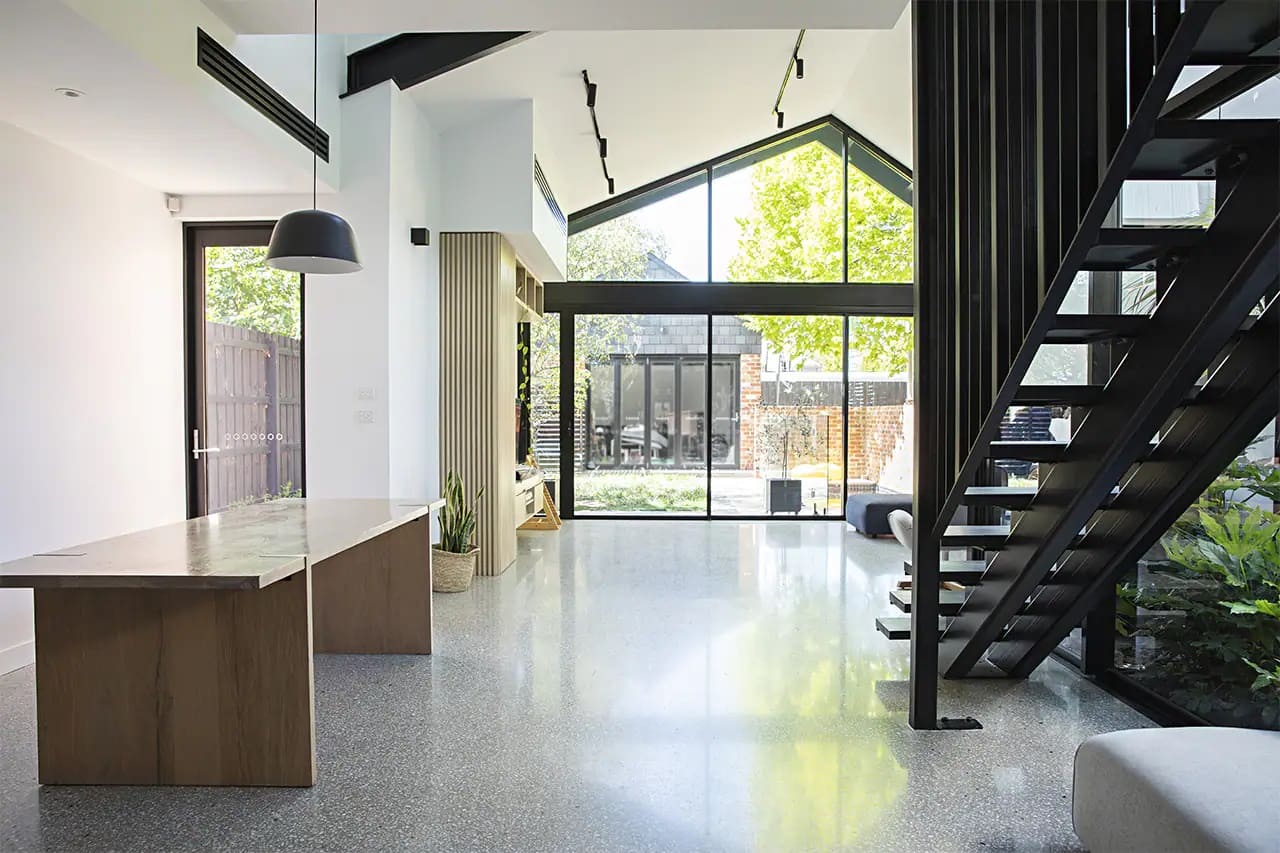
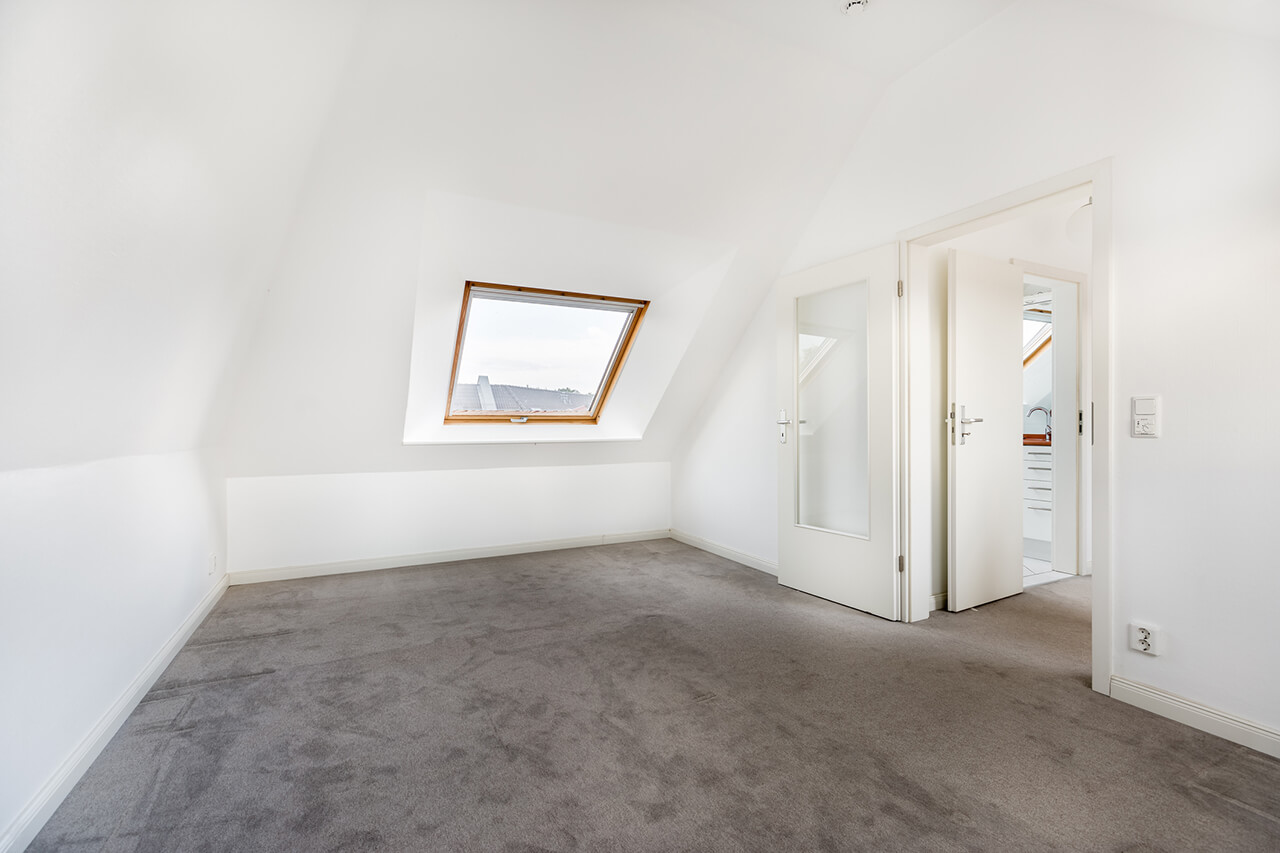
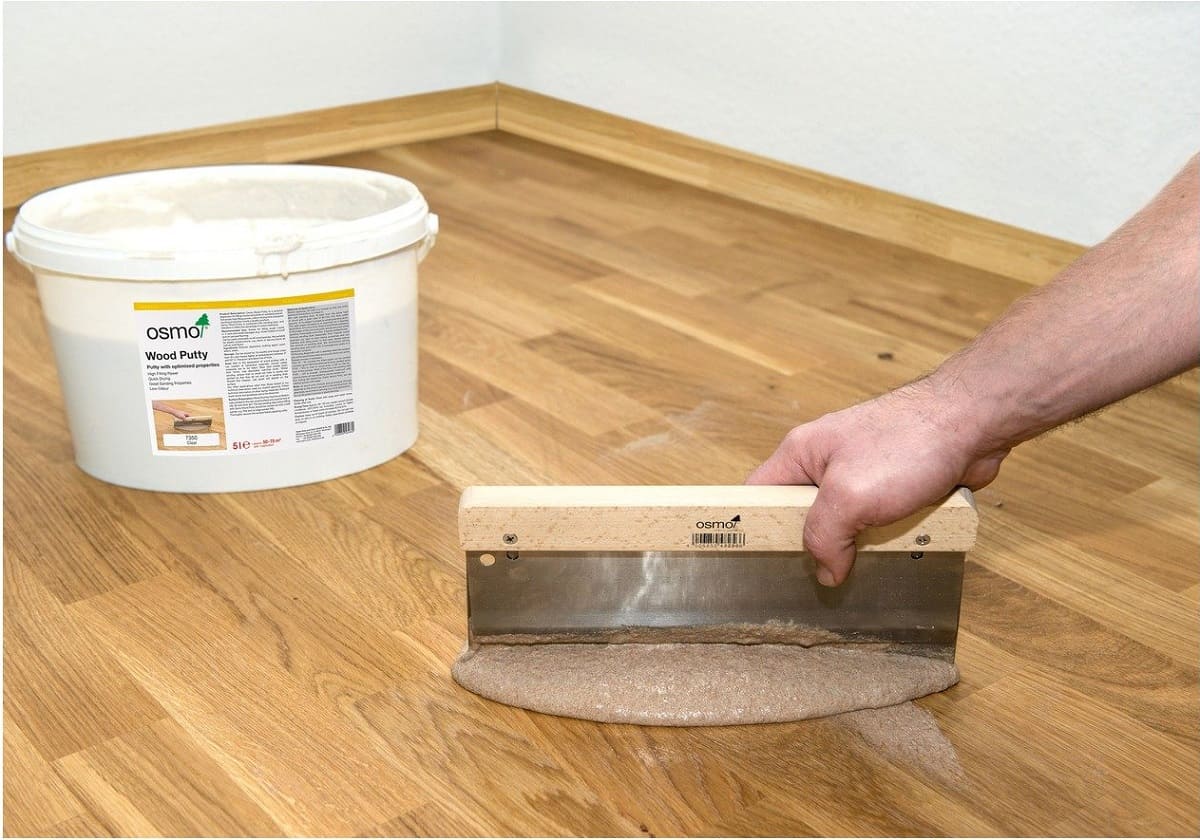

0 thoughts on “Here’s How Much It Costs To Install Hardwood Floors”